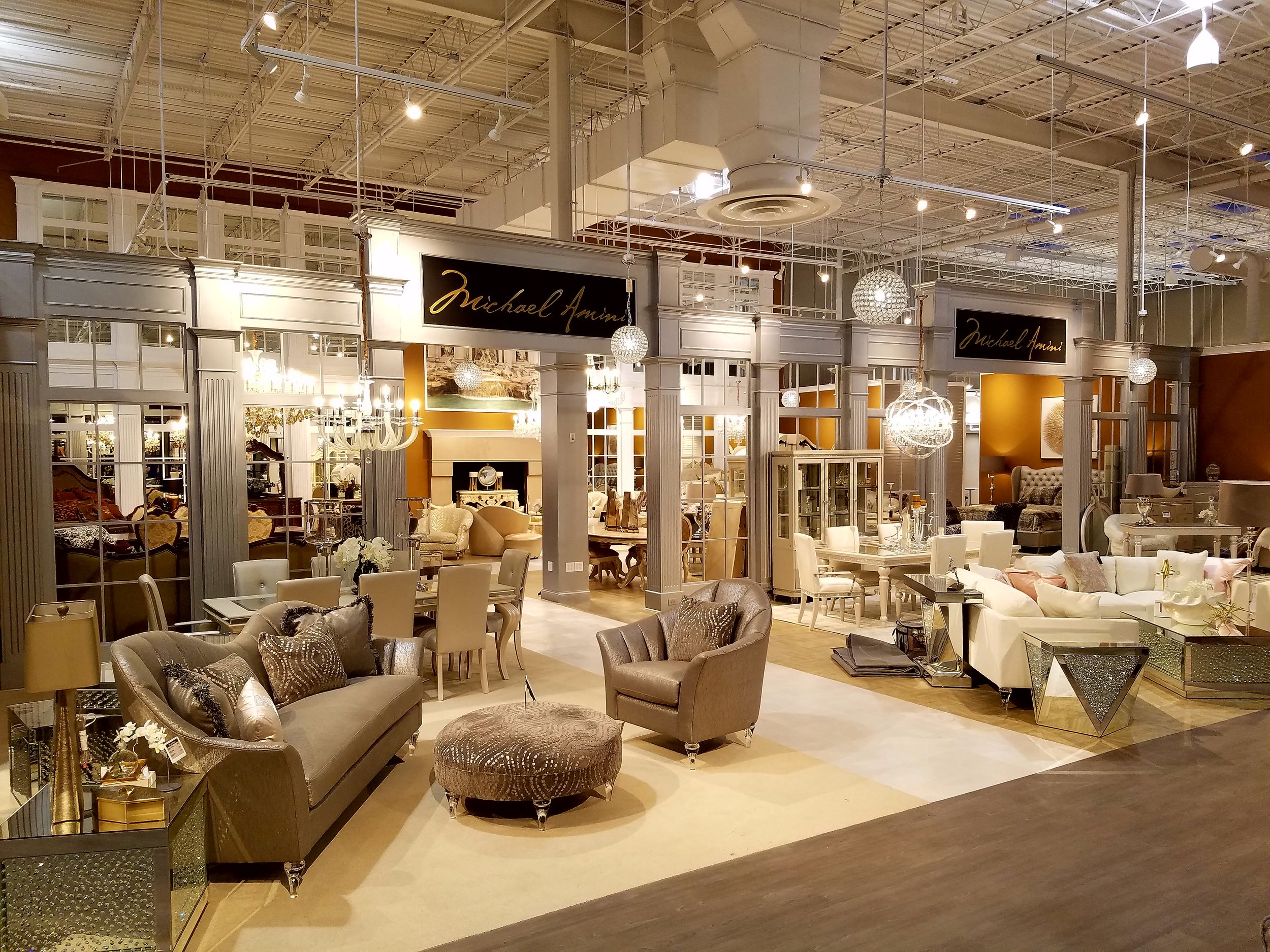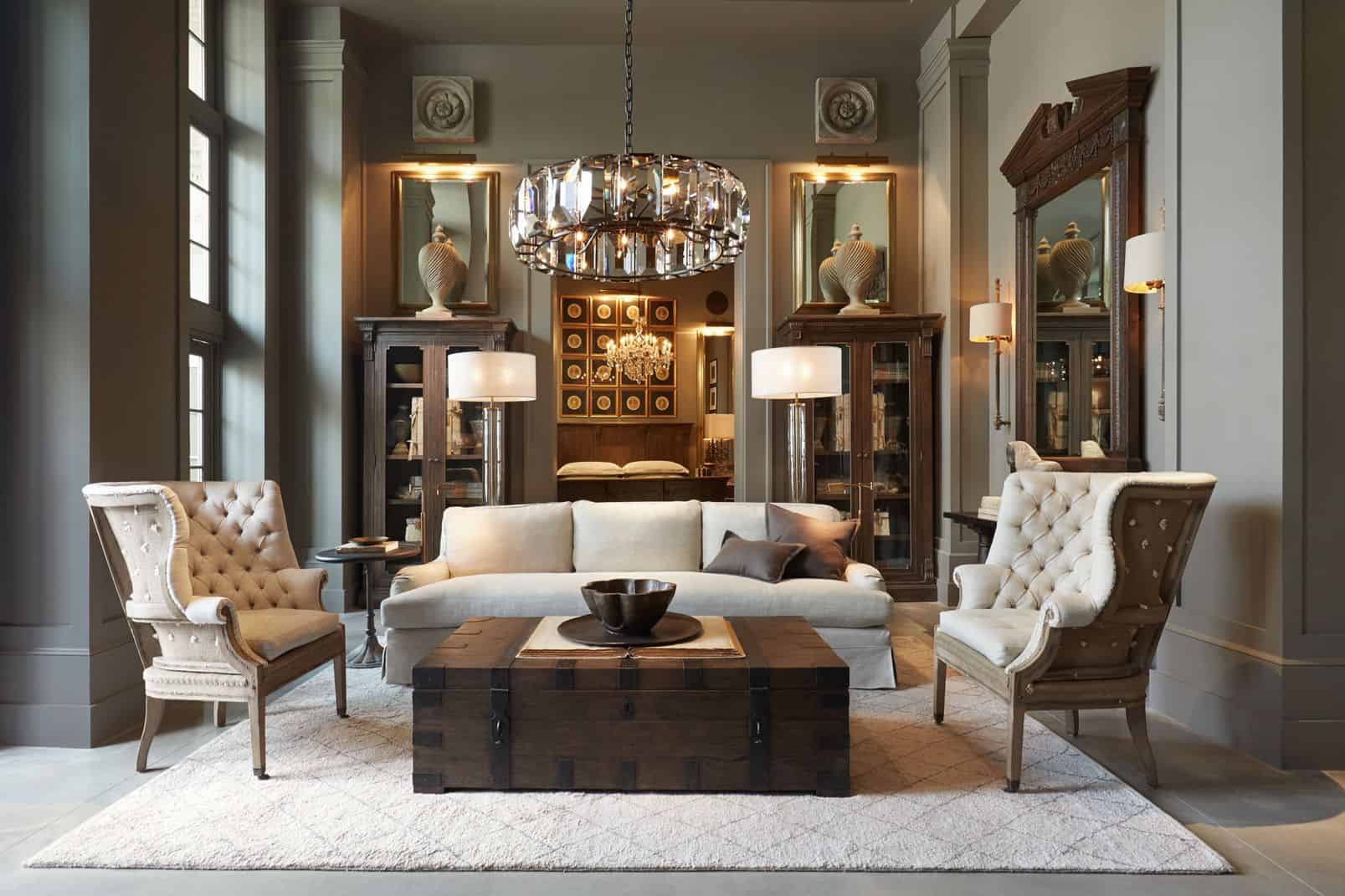So listen up, folks. Have you ever stopped to think about how furniture isn’t just about functionality? It’s more than that. Furniture stories? Yeah, they’re a thing. These pieces of wood, metal, or fabric that we interact with daily carry tales—tales of history, culture, evolution, and even personal memories. They’re not just objects; they’re storytellers in their own right. Ever sat on a chair that grandma used to rock in? Or leaned against a table where family secrets were whispered? That’s what furniture stories are all about.
Now, let’s dive into why furniture stories matter so much. It’s not just about buying the latest trend or splurging on designer brands. Furniture is deeply tied to our lives, our homes, and our identities. It reflects who we are, what we value, and how we live. Whether it’s a vintage sideboard or a sleek modern sofa, each piece has its own narrative. And guess what? You’re part of that story too.
Before we get into the nitty-gritty of furniture stories, let me just say this: if walls could talk, furniture would definitely have some juicy tales to share. So buckle up because we’re about to explore the world of furniture through a lens you might not have considered before. Ready? Let’s go!
Read also:Top Picks And Insights Why Columbia Clothing Stands Out
Understanding the Essence of Furniture Stories
The Evolution of Furniture: A Historical Perspective
Let’s rewind for a sec. Furniture hasn’t always been about minimalism and IKEA hacks. Back in the day, it was all about survival and practicality. Think about ancient Egyptians crafting elaborate beds for their pharaohs or medieval knights sitting on wooden stools during feasts. Furniture has evolved over centuries, adapting to cultural shifts, technological advancements, and societal needs. And with each change, new stories emerged.
For instance, did you know that the concept of ergonomic design wasn’t always a thing? Nope. People used to sit on hard surfaces for hours, probably complaining about back pain but hey, they didn’t have adjustable chairs back then. The evolution of furniture mirrors human progress, showing us how we’ve grown as a species. It’s fascinating stuff, really.
Why Furniture Stories Matter Today
In today’s fast-paced world, furniture stories hold even more significance. With trends like sustainable living and upcycling gaining traction, people are starting to care about the origins of their furniture. Where did it come from? Who made it? What’s its backstory? These questions are becoming increasingly important. And why shouldn’t they? After all, your living room set isn’t just a collection of pieces; it’s a reflection of your values and lifestyle.
Moreover, furniture stories help connect us to our past. Imagine inheriting a dresser from your great-grandparents. That piece of furniture carries generations of memories—weddings, birthdays, and everything in between. It’s like having a tangible link to your ancestry. How cool is that?
Exploring Different Types of Furniture Stories
Vintage vs Modern: A Tale of Two Styles
Let’s talk about the big debate: vintage versus modern furniture. Both have their own unique stories to tell. Vintage furniture often comes with a rich history. Think about that antique desk you found at a flea market. It might have been used by a writer who penned bestsellers or a businessman who closed million-dollar deals. On the flip side, modern furniture tells a story of innovation and progress. Those sleek, minimalist designs scream efficiency and forward-thinking. It’s like comparing a classic novel to a sci-fi thriller—both captivating in their own ways.
But here’s the kicker: you don’t have to choose. Mixing vintage and modern pieces can create a narrative of its own. It shows that you appreciate both tradition and innovation, blending the old with the new. And let’s be honest, who doesn’t love a good mix?
Read also:Paul Mishkin Net Worth The Untold Story Of A Business Tycoon
Cultural Influences in Furniture Design
Furniture stories aren’t just about individual pieces; they’re also about the cultures that influence them. Scandinavian design, for example, emphasizes simplicity and functionality. It’s all about creating a cozy, inviting space. Meanwhile, Asian furniture often incorporates elements of nature, like bamboo or wicker, reflecting harmony with the environment. These cultural influences add layers to the stories told by furniture, making them richer and more diverse.
And let’s not forget about regional differences. A sofa in a New York apartment will likely tell a different story than one in a suburban home in Texas. Location plays a huge role in shaping furniture narratives, adding context and depth to the tales they tell.
The Role of Furniture in Personal Narratives Furniture as Memory Keepers
Ever noticed how certain pieces of furniture trigger memories? That’s because furniture plays a significant role in our personal narratives. Whether it’s the rocking chair where you used to read bedtime stories to your kids or the coffee table where you spilled wine during a wild party, these objects become memory keepers. They remind us of moments, both good and bad, shaping our experiences and identities.
Some people even attach sentimental value to furniture. For instance, a dining table might represent family gatherings, while a bookshelf could symbolize intellectual growth. These associations make furniture stories deeply personal, turning them into cherished tales that we hold dear.
Creating Your Own Furniture Story
So, how do you create your own furniture story? It’s simpler than you think. Start by choosing pieces that resonate with you. Maybe it’s a chair that reminds you of your travels or a lamp that matches your favorite color. The key is to select furniture that reflects your personality and lifestyle. After all, your home should tell the story of who you are, not who you think you should be.
And don’t forget about customization. Adding personal touches, like painting a dresser or upholstering a chair, can transform a generic piece into something truly unique. It’s like putting your own stamp on the story, making it yours and yours alone.
Practical Tips for Building Your Furniture Collection
Investing in Quality Over Quantity
When it comes to furniture, quality beats quantity every time. Sure, that cheap IKEA table might look good now, but will it last? Probably not. Investing in high-quality pieces ensures that your furniture stories continue for years to come. Plus, well-made furniture tends to have more character, adding depth to your narrative.
But here’s the deal: quality doesn’t always mean expensive. Thrift stores and online marketplaces are full of hidden gems waiting to be discovered. All it takes is a little patience and creativity to find the perfect piece that fits both your budget and your story.
Mixing and Matching for a Unique Look
One of the best things about furniture stories is that you can mix and match to create a truly unique look. Don’t be afraid to combine different styles, colors, and textures. A vintage armchair paired with a modern coffee table can create a stunning contrast that tells a compelling story. The key is to find balance and coherence, ensuring that each piece complements the others.
And remember, rules are meant to be broken. If you want to put a pink sofa in a blue room, go for it. Your furniture story is yours to write, so embrace your creativity and let your personality shine through.
The Impact of Technology on Furniture Stories
Smart Furniture: The Future of Home Living
Technology has revolutionized many aspects of our lives, and furniture is no exception. Smart furniture, equipped with features like voice control and wireless charging, is changing the way we interact with our surroundings. These pieces not only enhance convenience but also add a futuristic twist to traditional furniture stories. Imagine telling Alexa to adjust your bed or having a table that charges your phone—pretty cool, right?
But here’s the thing: smart furniture doesn’t have to replace the classics. It can coexist with traditional pieces, creating a harmonious blend of old and new. This fusion of technology and tradition opens up endless possibilities for furniture stories, allowing us to explore new narratives while honoring the past.
Sustainability and Ethical Sourcing
Another impact of technology on furniture stories is the rise of sustainable and ethical sourcing. Thanks to advancements in materials and manufacturing processes, it’s now easier than ever to find eco-friendly furniture options. From recycled wood to biodegradable fabrics, these choices allow us to tell stories of responsibility and care for the planet.
And let’s not underestimate the power of transparency. Many brands now provide detailed information about where their furniture comes from and how it’s made. This transparency adds another layer to furniture stories, giving consumers the ability to make informed decisions that align with their values.
Challenges and Opportunities in the World of Furniture Stories
Addressing the Fast Furniture Trend
While furniture stories are fascinating, they’re not without challenges. The fast furniture trend, similar to fast fashion, poses a threat to the longevity and sustainability of furniture. Cheap, mass-produced pieces often end up in landfills after a short lifespan, contributing to environmental problems. This trend undermines the rich narratives that furniture can tell, replacing them with disposable stories.
However, there’s hope. Consumers are becoming more aware of the impact of their choices, driving demand for sustainable and ethical furniture. This shift presents an opportunity for brands to focus on quality and storytelling, creating furniture that stands the test of time.
Opportunities for Innovation
Despite the challenges, the world of furniture stories is full of opportunities for innovation. From incorporating augmented reality to enhance the shopping experience to developing new materials that push the boundaries of design, the possibilities are endless. These innovations not only improve functionality but also enrich the narratives told by furniture, making them more engaging and relevant.
And let’s not forget about collaboration. Designers, artisans, and technologists working together can create furniture that tells truly remarkable stories. By combining different perspectives and expertise, they can produce pieces that resonate with a wide audience, transcending cultural and generational boundaries.
Conclusion: Embracing the Power of Furniture Stories
So there you have it, folks. Furniture stories are more than just a concept; they’re a reality that shapes our lives and homes. From historical evolution to cultural influences, personal narratives to technological advancements, furniture tells tales that are both universal and deeply personal. By understanding and embracing these stories, we can create spaces that reflect who we are and what we value.
Now, here’s the thing: furniture stories aren’t just for collectors or design enthusiasts. They’re for everyone. Whether you’re furnishing a first apartment or remodeling a family home, every piece you choose contributes to your story. So take a moment to think about the narratives you want to tell and let your furniture do the talking.
And remember, this isn’t the end of the conversation. Share your thoughts, leave a comment, or check out other articles on our site. Together, let’s keep the conversation going and continue exploring the fascinating world of furniture stories. Because at the end of the day, it’s not just about furniture—it’s about the stories we create with it. Cheers to that!


